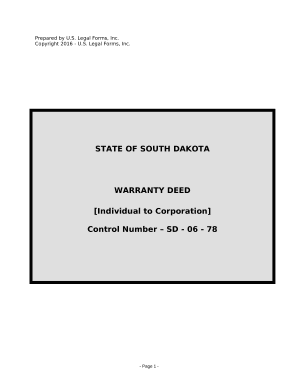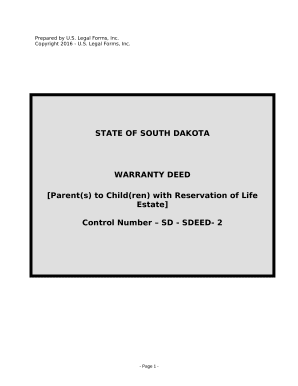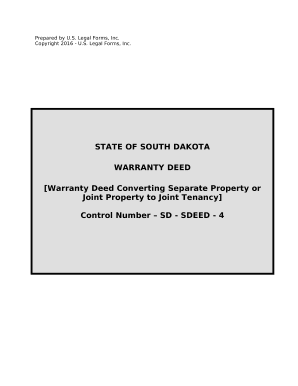







Document managing can overpower you when you can’t locate all of the forms you need. Fortunately, with DocHub's extensive form library, you can discover all you need and promptly handle it without the need of switching between software. Get our South Dakota Warranty Deeds and begin working with them.
The best way to manage our South Dakota Warranty Deeds using these basic steps:
Try out DocHub and browse our South Dakota Warranty Deeds category without trouble. Get your free account today!